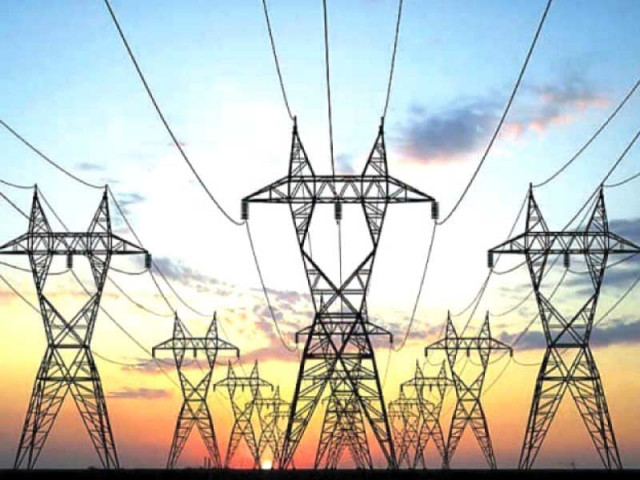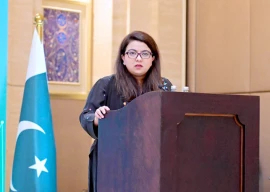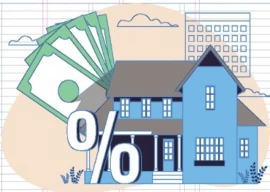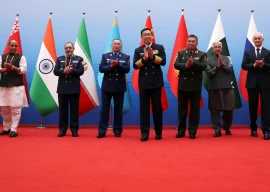
Integrating regions as single economic units is a vision of the future economic development paradigm, supported by international financial institutions and G-20 countries. Connecting countries in a region for mutual trade in goods and energy is an integral part of that vision.
Connecting regional energy resources to consumption centres is nowhere as important as in South Asia, which is home to about a third of humanity. Trade and energy go hand-in-hand; South Asia, with its young population, can use geography to its advantage in this regard.
The South Asian energy corridor
Kazakhstan, Turkmenistan, Uzbekistan, Kyrgyzstan and Tajikistan are all rich in oil and gas. According to available data, they have a combined 8.2 billion tons of proven oil reserves and 8.4 trillion cubic metres of natural gas reserves.
On the other side, South Asia faces a deficit in energy, rapidly picking up on economic growth. Connecting South Asian energy consumption centres to energy-rich Central Asian states is a win-win solution. It can bring economic growth to Central Asia through oil and gas revenues, and it can help South Asia continue on the path of stable economic growth and prepare the subcontinent as a future consumption market, which can support trade needed to sustain G-8 countries at the present level.
The best ways to bring oil and gas to the Indo-Pak subcontinent from Central Asia are the proposed pipelines (given on the map), some of which have been on the global energy transportation map for more than two decades, with progress made on paper only.
South Asian pipe dream
At the moment, three principal gas pipelines can bring gas to the subcontinent. These are the Turkmenistan-Afghanistan-Pakistan-India gas pipeline (TAPI), the Qatar-Pakistan-India (QPI) submarine gas pipeline, and the Iran-Pakistan-India (IPI) gas pipeline. The QPI, for a considerable portion, has to be laid down in the seabed of the Arabian Sea. The option, at present, is too expensive to be adopted. Even after completion, its estimated annual maintenance cost is a considerable portion of the profit margin, and the host consortium may not find it feasible to run.
This leaves the region with the two other major options: the IPI and TAPI gas pipelines.
TAPI
A Memorandum of Understanding (MoU) was signed on March 15, 1995, between Turkmenistan and Pakistan to build a gas pipeline from the Daulatabad gas field in Turkmenistan to Multan in southern Punjab. US company Unocal, in consort with Saudi oil company Delta, prepared to start work on the project. The two companies later joined the CentGas consortium in which several international petroleum companies joined in, including Russian petroleum giant Gazprom.
Later on, in June 1998, Gazprom relinquished its share in the project, while Unocal withdrew in August 1998 after attacks on American Embassies in Nairobi and Darussalam. The project was then put on the backburner.
The project has been revived after the US invasion of Afghanistan. The Asian Development Bank has underwritten the project and provided risk guarantees on investment. Despite that, there is little progress on ground. The future remains bleak, unless there is stability in southern Afghanistan, which has been under de facto Taliban rule for the past decades.
The $7.6 billion pipeline, with initial capacity of 27 billion cubic metres of natural gas per year, will deliver 2 billion cubic metres of gas to Afghanistan and 12.5 billion cubic metres each to Pakistan and India.
IPI
The proposed pipeline was designed to bring gas to Pakistan and India. The pipeline can initially supply 22 billion cubic metres of natural gas per year, which was expected to be raised later to 55 billion cubic metres per year. The project was supposed to be commissioned by 2013 (this year) at a cost of $7.5 billion. After reaching Multan, a spur line had been proposed, which would deliver gas to India. Under the gas purchase agreement, Pakistan was supposed to get gas at a price of $11 per million British thermal units (MMBTU). The price is $2 per MMBTU cheaper than the TAPI pipeline gas, which costs $13 per MMBTU. The Iranian gas is also $7 per MMBTU cheaper than imported LNG.
In 2008, after signing a civilian nuclear deal with the US, India withdrew from the project.
Pakistan’s federal government in January this year has approved a $1.5 billion government-to-government deal with Iran for laying the 785-kilometre segment of the pipeline in Pakistan. The federal cabinet has finally approved the project, and a special committee has been formed to expedite it. The US has been quick to register its concerns over the deal.
South Asian consumption
In Pakistan per capita natural gas consumption in 2010 was 229 cubic metres, whereas in India this is as low as 55 cubic metres.
The needs of the region are such that it can accommodate supply of gas from both the proposed pipelines, but nothing can be achieved on ground unless there is political and security consensus in the region; in which, in all probabilities, the US remains an important stakeholder.
THE writer IS HEAD OF SDTV, THE SUSTAINABLE DEVELOPMENT POLICY INSTITUTE’S WEB-BASED TV CHANNEL
Published in The Express Tribune, April 1st, 2013.
Like Business on Facebook to stay informed and join in the conversation.


















COMMENTS
Comments are moderated and generally will be posted if they are on-topic and not abusive.
For more information, please see our Comments FAQ